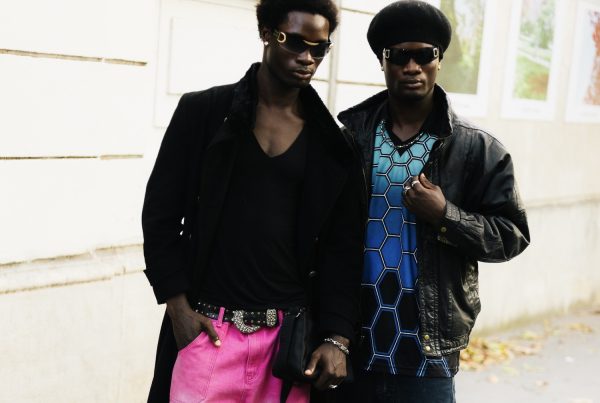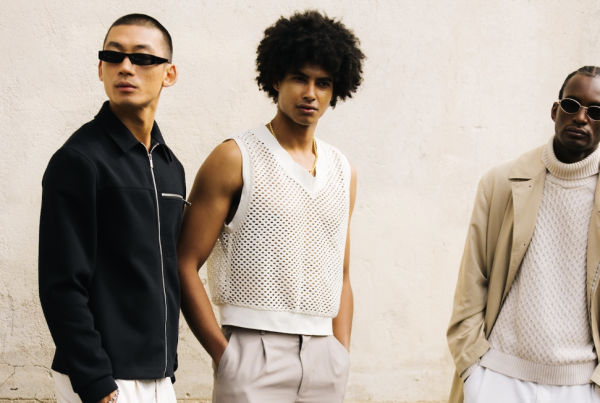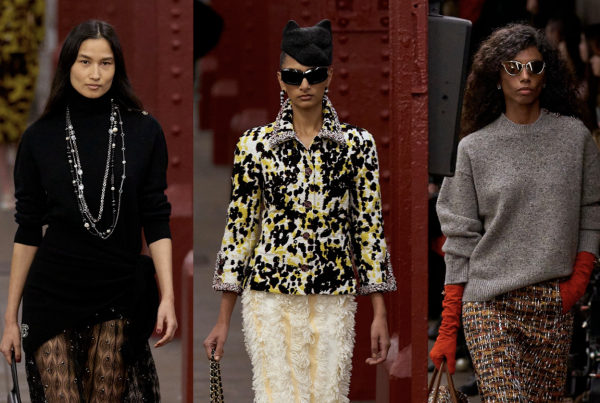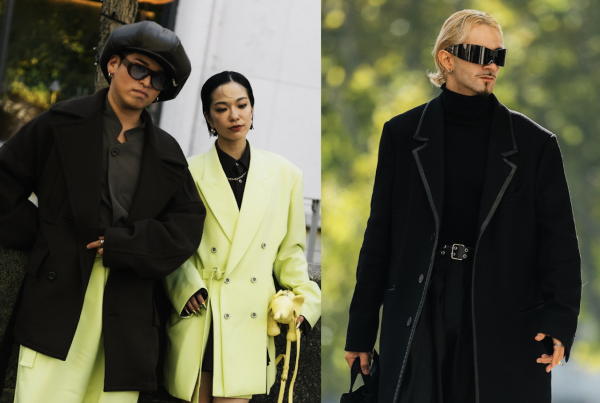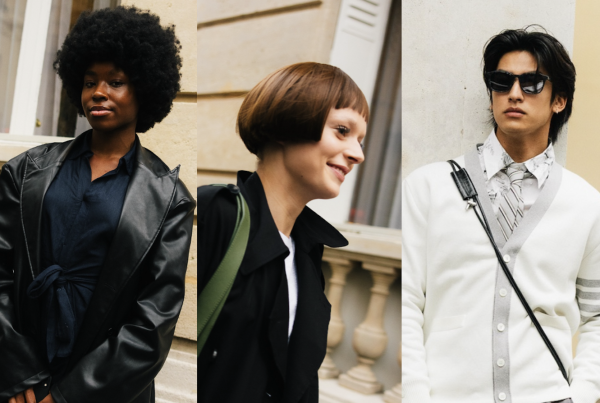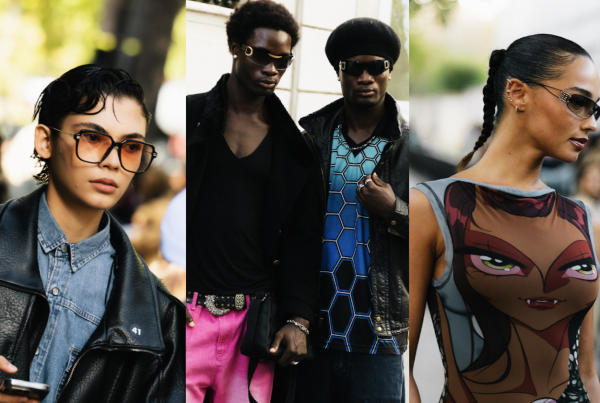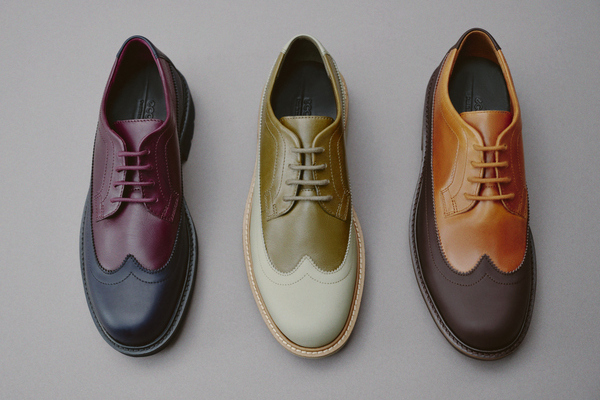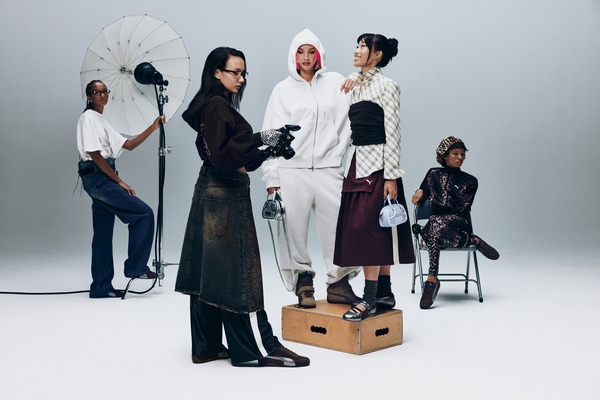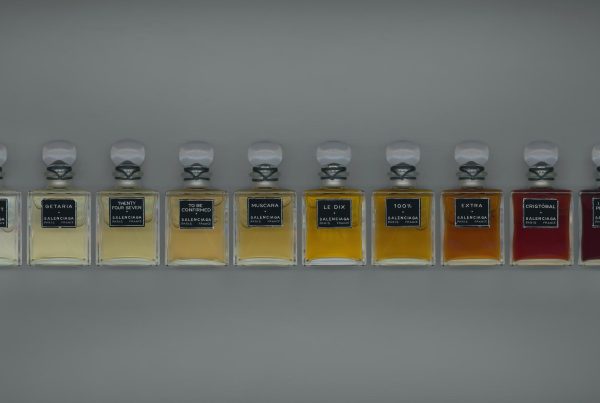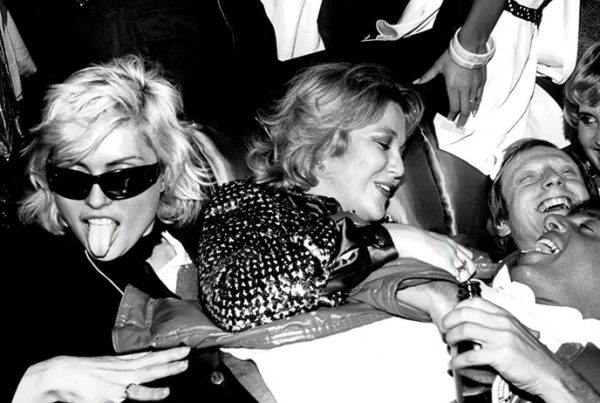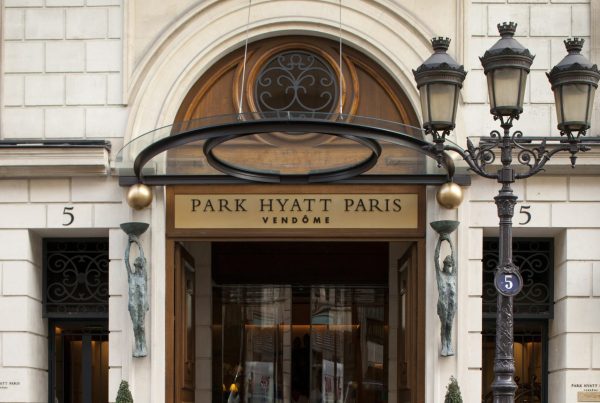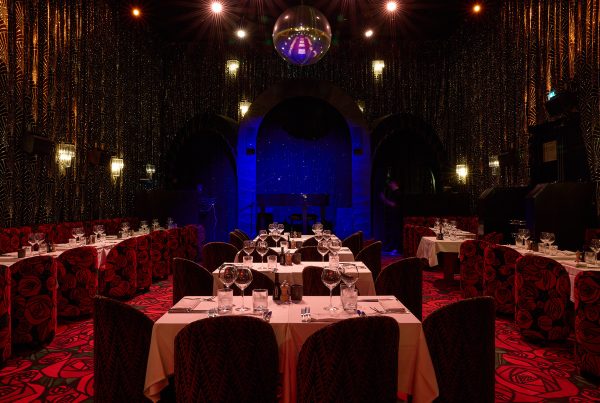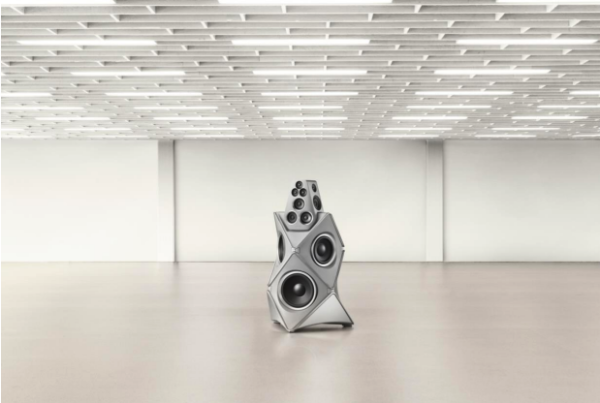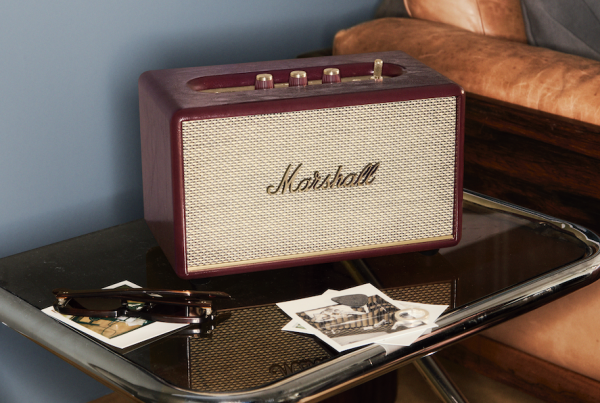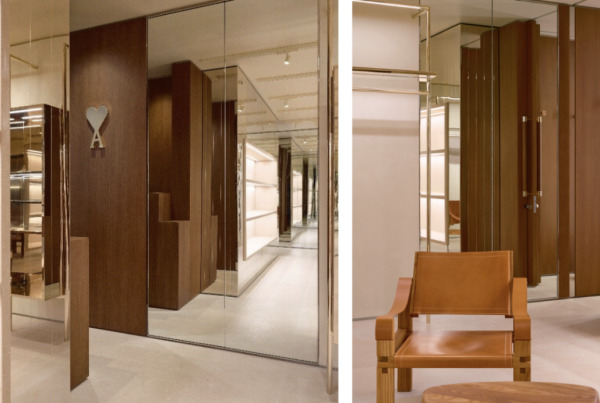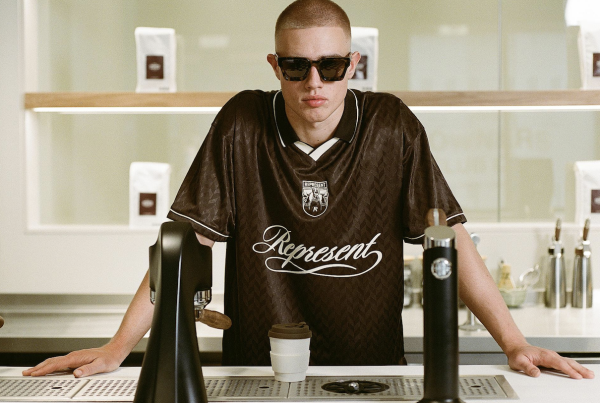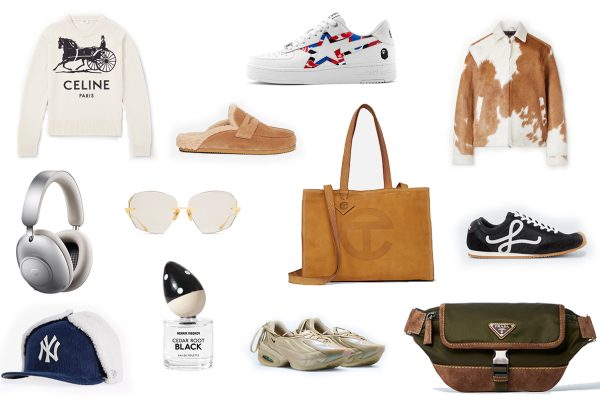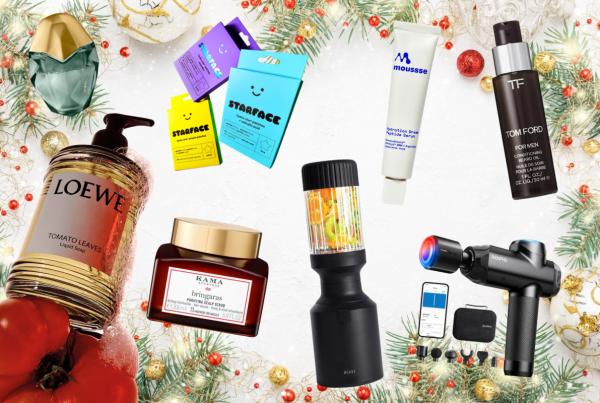
Fashion Houses design not only clothes but every aspect of our interaction with the garments we wear. One of the most symbolic aspects of their brand image is the scent—a scent that represents a company and resonates with people.
How do fashion houses create these fragrant wonders? Let’s take an enjoyable ride through how fashion houses create those heavenly fragrances.
The Art of Storytelling Through Scent
The creation of a knock-out fragrance starts with a narrative. Arguably, every superior fashion house has a story incorporating a background, operation principle, and vision unique to the company. Turning this narrative into a scent calls for the elaborate work of creative directors and master perfumers, collectively called the ‘noses. These are not just fragrances but the brand’s voice in the air of the place where they are marketed. Even though the story behind the scent may not be true sometimes, the idea is to provide something that the customers can relate to.
Partnership Between Designers and Perfumers
Fragrance producers frequently solicit fashion designers to help in the conceptual stage of design. They express their ideas, usually aligned with the feelings, pictures, or material they want the scent to convey. This creative input translates into a perfumer brief, from which the perfumer sculpts the abstract concept into physical materializations of smell.
The masters of a fragrance balance the overtones known as the top, middle, and base notes effectively. Top notes have the highest concentration and evaporate quickly, while middle notes or body notes are the lungs of the fragrance. They accumulate essential notes and do not fade easily. The proportion of these components defines the nature and popularity of the scent.
Ingredients and Innovation
Even choosing the ingredients is very important when creating a unique perfume. High-end brands can also go out and get the best quality material for making luxury clothes, such as jasmine from Grasse, France, Agarwood, or oud from the Middle East and other parts of Asia. Still, it is equally important to have professional innovation because this factor cannot be disregarded.
The technique of fragrance concoction in the current world requires synthetic molecules as perfumers can get some notes that do not exist in the natural world. For example, ingredients such as Iso E Super or Ambroxan give depth and lingering effect, which allows fashion houses to develop unique glassเลtility olfactory profiles.
Packaging: The Scent’s First Impression
The bottle’s design and packaging accompanying a perfume is as crucial as the smell of the scent itself. They represent the fragrance’s nature and infrequently do not mirror the brand image.
For instance, most popular brands have amazing layouts and simple yet stylish rectangular bottles. Others ensure that their bottles are shaped in a relatable manner. These little details reassert the brand’s character and endear the customer to identify the perfume. The decision to use certain materials, fonts, and, for that matter, the weight of the bottle is important to providing a premium feel.
Marketing and the Emotional Connection
It’s not just a product; it is an emotional experience that people look forward to associating with every time they use a product with the scent. Fashion houses spend a lot of money on advertising to create this association.
TV adverts range from usual breathtaking images to glamorous stars, all intended to brand the fragrance as attractive and easily recognizable. This helps ensure that the scent becomes the lifestyle of that brand and its associated values. Social media is a great platform to market new scents and fragrances. Engaging big influencers can turn the fortune of your fragrance around.
Fragrance Ingredients
Your customers may feel misled if the fragrance ingredient is not actual and identifiable. However, in most jurisdictions, you must list the ingredients and state the quantity you used in creating your fragrance. To prevent anyone from creating the same fragrance, you can copyright it. Your fragrance ingredient should be genuine and not fabricated because it helps customers feel safer using them.
Conclusion
Therefore, creating a signature scent is a complex process that involves a convergence of art, science, and a good story. To fashion houses, these fragrances are not products but brands’ appendages created to elicit an emotional response to an experience. The next time you use your favorite perfume, think about the great effort and intellect invested in designing that unforgettable fragrance—art in its best form.



